Africa is the ultimate adventure, a chance to discover nature’s impressive landscapes, and what better way to explore this continent than on foot!
Table Mountain: South Africa
With its characteristic flat top earning its name, Table Mountain towers 1086m above Cape Town. It’s proximity to the city allows for an amazing view across Cape Town and the accompanying coast, making a hike well worth the trip. There’s a variety of trails for different levels; the most direct route is the Platteklip Gorge Trail, a steep but short ascent. The average hiker will reach the summit in 2 hours. However if you’re looking for less over-crowded routes there are plenty other options to choose from. Skeleton Gorge is the perfect route for those partial to more leisurely routes, through ravines and jungles this path provides hikers with beautiful scenery and nature, but will take about 4 hours with some strenuous sections. For the more adventurous India Venster Trail requires scrambling and climbing boulders to reach the top. Luckily there are also Cable Cars that provide transport for hikers to go down, if you feel so inclined. Be sure to check that they are operational, as they can be closed for bad weather. There is a cafe on top to enjoy a drink alongside panoramic views!

Kilimanjaro is a dormant volcano and the highest peak in Africa, as such it has shot to the top of every avid hiker’s bucket list. Due to its high altitude, these trails are not for the faint hearted, especially if you intend to reach the summit. The volcano is 4,900 metres from its base, and 5,895 metres above sea level, so take measures to prepare yourself against altitude sickness. The Marangu Route is one of the most popular trails as it is the only one that can be completed in 5 days, and is the only route with accommodation on the mountain, offering communal huts and bunk beds at every overnight base. Don’t feel rushed, it takes time to acclimatise and this route has a low summit success rate. Giving yourself an extra day to complete is a good idea. Other routes include the Machame Route (those with fears of heights should avoid it), Umbwe Route (known for its caves) and many others, which frequently link with aforementioned routes.
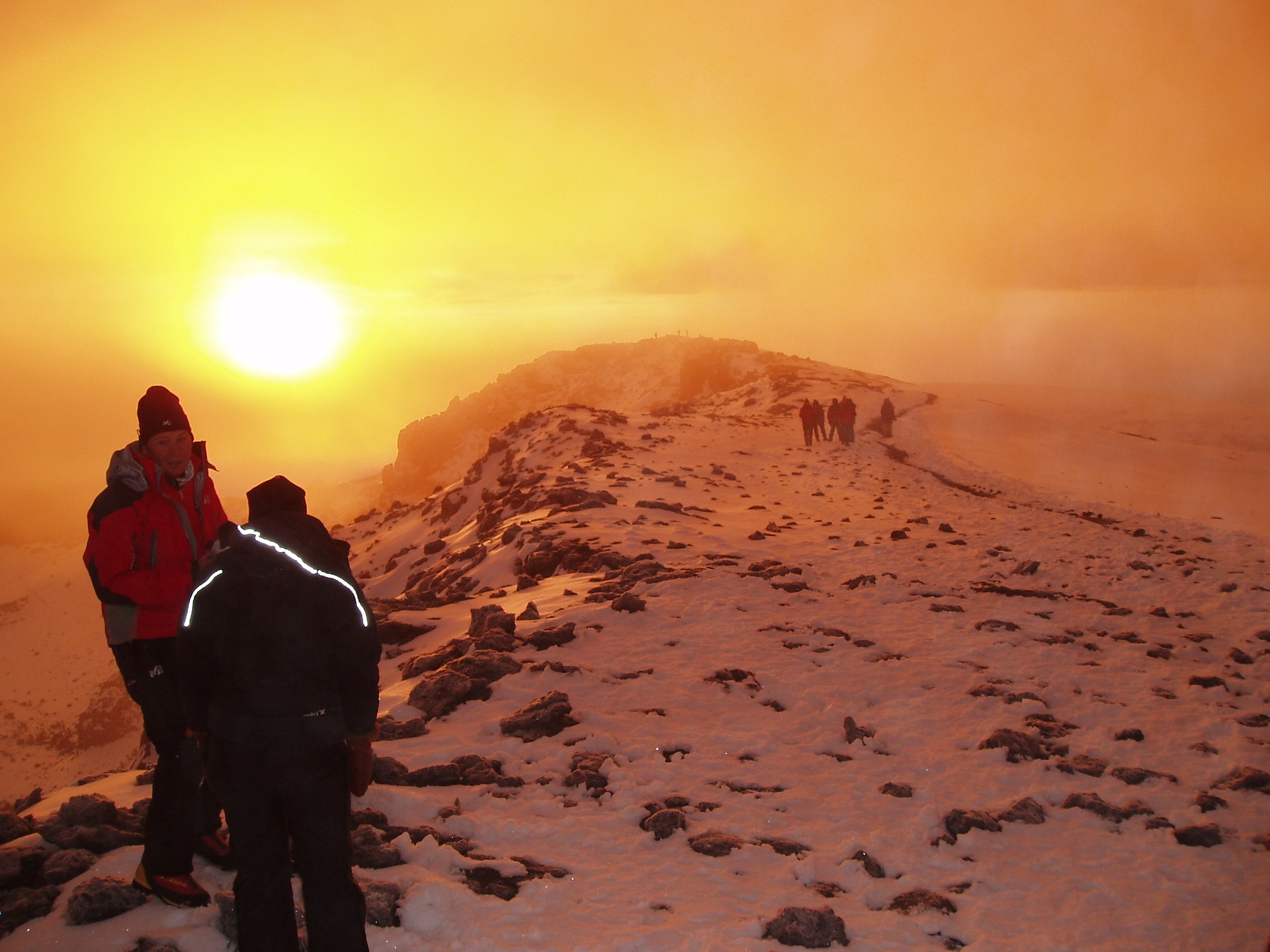
Atlas Mountains: Morocco
The Atlas Mountains stretch over 2500 km and three countries, with its highest peak Toubkal, in Morocco. At 4,167m high it is a challenging hike in terms of altitude and acclimatisation, but does not require any mountaineering experience (at least in spring, summer and autumn). Only attempt this trek in the winter if you have prior experience, a seasoned guide and ice picks are essential. The most popular route is a 2 day trek, with a stop over at the Toubkal Refuge. All trails converge here and as the only accommodation on the trail these dorms can get very crowded. The summit offers outstanding panoramic views with a glimpse of the Sahara Desert in the far distance. Many travellers combine this hike with a trek exploring to Sahara desert.
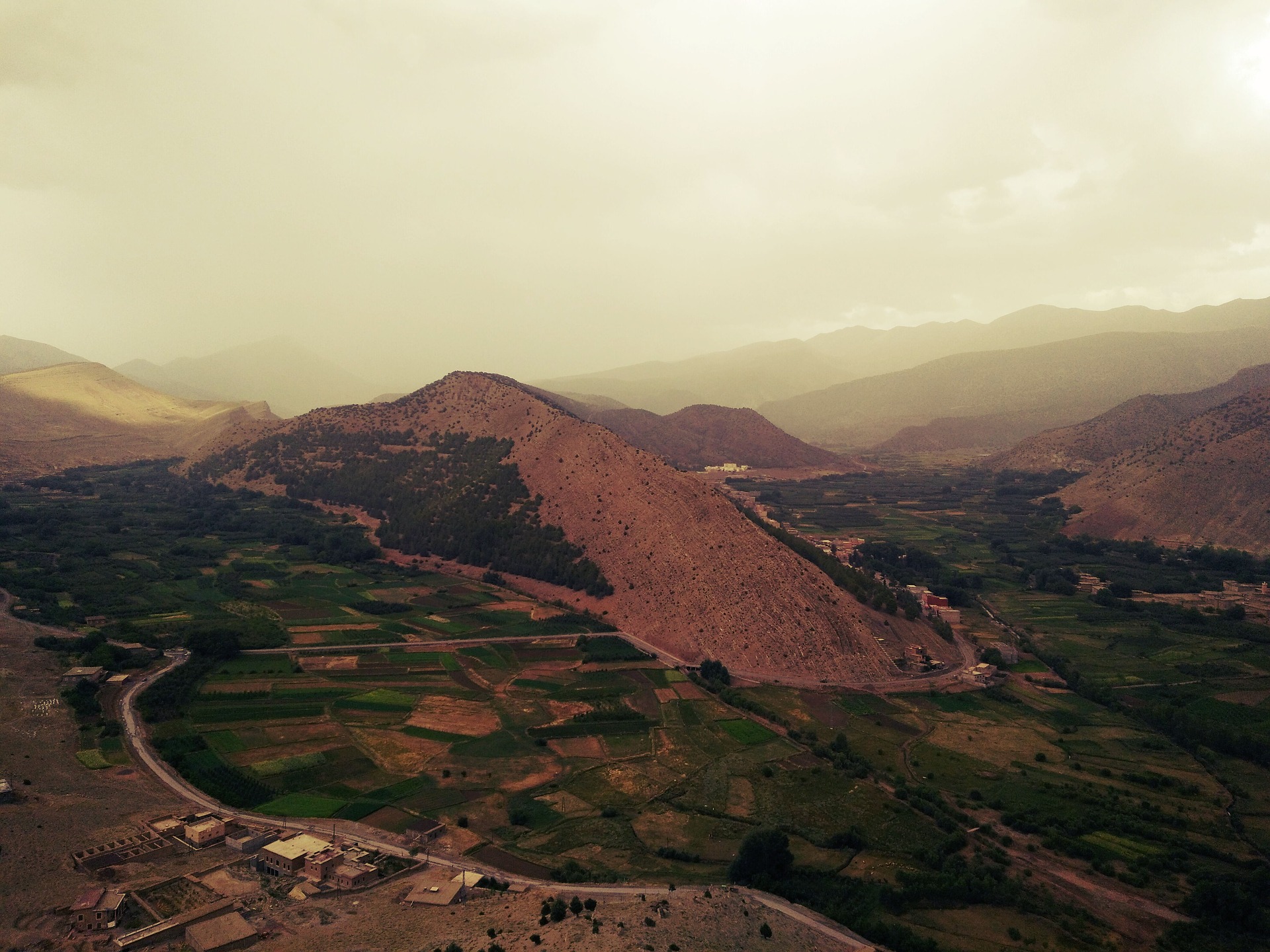
Blyde River Canyon: South Africa
Although it is only the third largest canyon in the world, following The Grand Canyon, USA and Fish River Canyon, Namibia, it differs in appearance greatly from these as it is lush and covered in foliage. A relatively new trail has been opened, the Waterval long trail, a 3 day trek that ends with the spectacular Bourke's Luck Potholes. Those looking for just a brief glimpse of this incredible experience, there is the Belvedere day walk which takes 5 hours. The Blyde River area has been well developed for tourism with a good choice of lodges and hotels surrounding the canyon. What is more it is the perfect hiking destination for wildlife enthusiasts, as a natural habitat to hippos, crocodiles and five species of primates, you could be lucky enough to witness these incredible creatures in the wild.

Danakil Depression: Ethiopia
Not every incredible hike is at high altitude, for instance the Danakil Depression actually reaches a low of 125 metres below sea level, and as such is considered one of the lowest places in the world. The notable sights on this trek are the Dallol hot springs, the yellow lake and the continuously active volcano Erta Ale containing rare lava lakes. Colourful hydrothermal pools contain very acidic fluids, so are not for bathing in, but offer an unearthly natural wonder. Kaleidoscopic unparalleled beauty, but the trip is not for the faint hearted. The area has not been developed for tourists, expect basic accommodation and no toilets (on many occasions you’ll be sleeping ‘open air’ on a mattress or at best in an Afar bed). The Danakil Depression also holds the record for the highest annual average temperature, so be prepared for scorching heat in literally the ‘hottest place on earth’. With such a hostile environment, this is absolutely a trip you need to do alongside a tour company, and do not stray from your group.
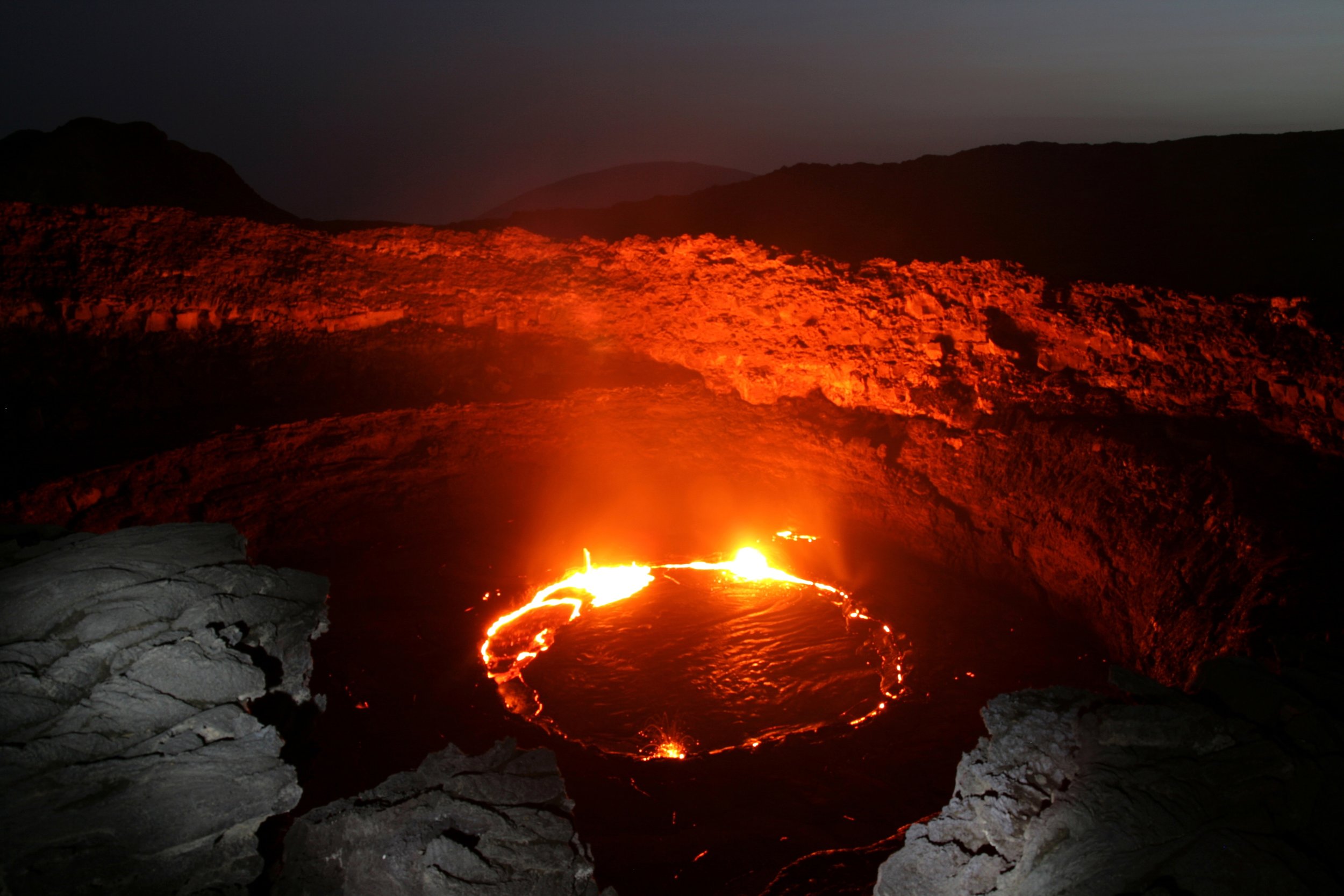
Fish River Canyon: Namibia
The largest canyon in Africa, and second largest in the world after The Grand Canyon, USA. The full trail is 85 km and takes 5 days to complete, but there are also options for 2 or 3 days. Hikers should be self-sufficient and carry their own food and water for the trip, and the only option is to camp. The initial descent is generally considered the most arduous part of the trail, but should be completed in 1-2 hours. The trail follows the ravine where you’ll come across thermal sulphur pools and hot springs, perfect for relaxing your no doubt aching muscles. Hiking is only possible 1st May - 15th September due to exceptionally high temperatures the rest of the year and children under the age of 12 are not permitted.
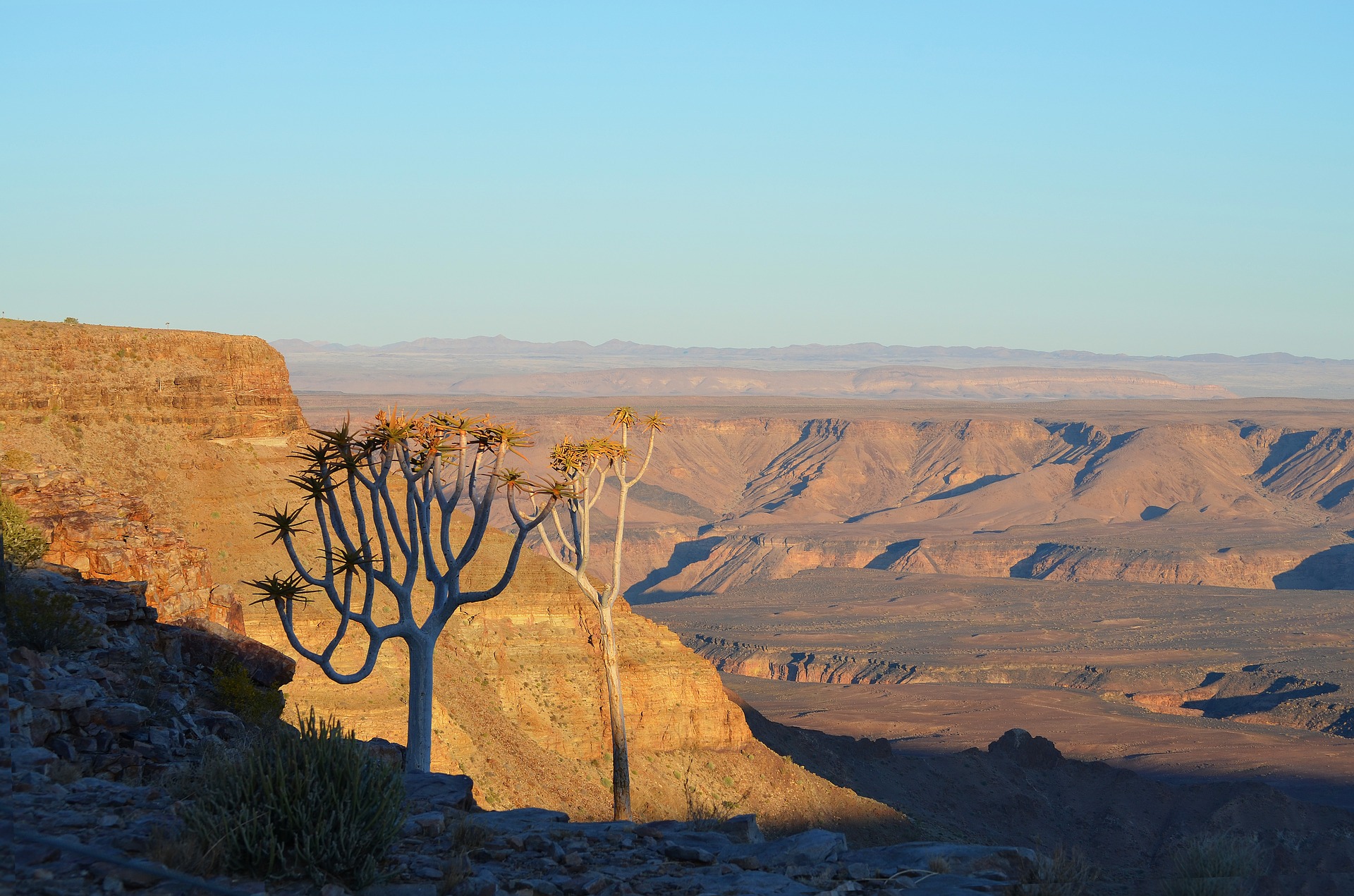
Grab your hiking boots, it’s time to explore!
Written by Jade Touron, follow her adventures on Instagram.
📍Egypt & Jordan
7 to 12 days from $4,200
Limited to 12 travelers
See Details >
50% off with code: “50OFF”
For select travel dates until December 2025
Offer expires March 31st, 2025
📍Botswana, Zambia, Zimbabwe
8 to 11 days from $4,200
Limited to 16 travelers
See Details >
50% off with code: “50OFF”
For select travel dates until December 2025
Offer expires March 31st, 2025
📍Tanzania
4 to 11 days from $2,400
Limited to 16 travelers
See Details >
50% off with code: “50OFF”
For select travel dates until December 2025
Offer expires March 31st, 2025
📍Kenya
8 days from $3,900
Limited to 16 travelers
See Details >
50% off with code: “50OFF”
For select travel dates until December 2025
Offer expires March 31st, 2025
📍 Uganda
5 days from $3800
Limited to 16 travelers
See Details >
50% off with code: “50OFF”
For select travel dates until December 2025
Offer expires March 31st, 2025
📍Morocco
7 to 11 days from $3,800
Limited to 16 travelers
See Details >
50% off with code: “50OFF”
For select travel dates until December 2025
Offer expires March 31st, 2025
📍Madagascar
8 days from $5,400
Limited to 16 travelers
See Details >
50% off with code: “50OFF”
For select travel dates until December 2025
Offer expires March 31st, 2025
Be the traveler that is extra prepared for an awesome adventure. 2021 is just around the corner and international travel is coming back strong. Get yourself ready to conquer the globe with some of the most innovative apps for your travel experience. We put a list together of some of the best travel apps for 2021.
It can be difficult feeling stuck indoors while being quarantined during this pandemic time. If you’re feeling isolated and need a change of scenery, what better way to do it then to go in the fresh air on a rejuvenating hike with a rewarding view at the end.
Autumn in Moab, Utah is full of brilliant fall leaves, deep red sandstone, perfect temperatures, and countless adventures to satisfy any outdoor junkie. Not to mention the wide-open spaces, smaller crowds, fantastic eats, and small-town vibes.
The Western United States is full of vibrant cities, rich culture, and, best of all, beautiful and diverse landscapes. In a span of a thousand miles or so, you will find ethereal red rocks, dense forests, immense deserts, and everything in between. There are over 60 national parks in the United States and 70% of them are found in the West!
Hawaii is one of the most loved locations due to its people and luscious scenery. If you want to go somewhere full of adventure, historical perspective, rich culture, and exquisite sites Hawaii is the best destination to go. Get ready to have the time of your life in Hawaii!
Located in the high Himalayas, Bhutan is a landlocked, Buddhist kingdom that is well-known for its dramatic, mountainous landscapes, beautiful monasteries, and rich cultural traditions.
The natural beauty and wildlife of Bhutan are incredibly important to the Bhutanese people, and the government, along with the local population, works hard to protect it. With four large national parks and several wildlife reserves, Bhutan is a nature-lover’s dream destination. Continue reading to learn why!
So you’ve decided to travel to Bhutan, but what should you pack for such an adventure? Don’t worry, we’re here to help you know what to pack for a expedition through this stunning country!
Located on the southernmost tip of the African continent, South Africa is full of diversity. From the powdery beaches that touch two different oceans to the dramatic landscapes that play host to some of the most iconic African wildlife, this nation offers visitors a plethora of activities. South Africa, is a multiethnic society with a myriad of rich cultures, languages, and religions. Offering a variety of cultural immersion experiences and culinary traditions, as well as some of the world’s best safaris, South Africa is limitless in both adventure and beauty. Keep reading below for a list of 9 of the best things to do in South Africa!
You are planning to climb mount Kilimanjaro and you don't know which is the best route? Acanela Expedition will explain the differences between the routes and help you decide which is the best for you. As the popularity of climbing Mount Kilimanjaro continues to increase, potential climbers are often uncertain as to which route to take. There are seven major routes used to climb Kilimanjaro. Each route has its own advantages and disadvantages. When selecting the route, make sure it is the appropriate route for your desires, physical ability, altitude and comfort level.
Being the largest island in the Caribbean Sea, Cuba is a country in Latin America packed with vibrant activities filled with history and color. Cuba is currently one of the hottest travel destinations and high on the bucket list for many travelers. Here are some of the top things in Cuba:
Africa is the ultimate adventure, a chance to discover nature’s impressive landscapes, and what better way to explore this continent than on foot!
Planning a trip to Brazil can be overwhelming; after all, this South American country is larger in size than the entire European continent! But if you want to get to know the true soul of Brazil, then you can’t be afraid to explore some of the off-the-beaten path destinations. Journey to some of the lesser-known destinations listed below for an unforgettable Brazilian adventure!
Did you know that China has nearly 200,000 square miles of karst formations? A visit to one or more of these famous karst areas is an excellent addition to your next China trip!
When you think of China, famous landmarks like The Forbidden City and The Great Wall of China are bound to spring to mind. And these sites should absolutely be on your bucket list, but don’t limit yourself! China has so much MORE to offer! With a diverse landscape this country has an infinite number of spectacular sites, from mountain ranges to beaches, city skylines to traditional water towns.
The Great Wall of China was originally constructed to protect the country from invasions and to create a physical barrier from the rest of the world. Now it serves as China’s #1 attraction with over 10 million visitors each year. With prime months to visit and essential packing tips, this guide will provide you with an optimal Great Wall experience.
Celebrated as Peru’s most famous hike, the classic Inca trek to Machu Picchu can be considered one of the world’s iconic trekking experiences. In 2007, Machu Picchu was voted one of the new seven wonders of the world.
Peru is a huge country with so much more to offer beyond Machu Picchu, its best-known attraction. Here are some of Peru’s natural wonders that you won’t want to miss on your next visit to this beautiful country.
Contrary to its name, Iceland is home to not only some of the world’s largest glaciers, but also some of the most active volcanoes! The island has slowly heated up over time. 8000 years ago, Iceland was completely buried under ice. This isn’t the only contrast you’ll find throughout Iceland. Depending on your season of travel, Iceland offers long summer days with up to 24 hours of daylight and short winter days to the minimum of just a few hours of sun!
The United Nations Educational, Scientific and Cultural Organization (UNESCO) lists Cinque Terre as one of 845 culturally significant sites in the world. With its natural and manmade beauty working together to create breathtaking views over the course of 7.5-miles, it is no wonder why this part of Italy is one of the most sought after tourist destinations in the region and country.
Italy is always a great idea, and the Cinque Terre is sure to steal your heart. The Italian Riviera will enchant you with her brightly colored cliffside houses that cascade down to the Ligurian Sea, walking paths with soaring views, otherworldly sunsets, and delectable cuisine. While we believe that anytime is a good time to visit Italy, certain times of the year will be more rewarding and memorable based on your travel style, and the type of trip you are seeking.
Patagonia feels like a mythical land full of wonder and adventure. Known for its breathtaking views and diverse landscapes, you’ll find snow-capped mountains, towering glaciers, roaring waterfalls, and milky blue lakes. The region lies at the southernmost tip of South America and is shared by Chile and Argentina—the Andes Mountains divides the land. With seven national parks throughout Patagonia, this is the ultimate getaway for nature lovers. This destination still flies a bit under the radar, and chances are you have no idea what to pack. Don’t fear because we’ve got you covered. Keep reading to discover the essential packing guide for Patagonia!
Trekking through Patagonia’s Torres Del Paine (pronounced PIE-nay), is an experience not to be missed. if you take a look at the trail map, you’ll understand the origin of the term “W trek.” It is also one of the most popular multi-day hikes in Chile as you are exposed to everything the park has to offer.
Hiking the Inca Trail to Machu Picchu is an experience unlike any other. With three routes to choose from, the trek takes you through the Andes Mountains to the gates of the famous ruins. This journey can be found on many travelers’ bucket lists, and while almost anyone can accomplish it, a lot of important preparation must be done. The expedition will test your physical and mental limits like never before, but the experience and the breathtaking views make it so worth it. Keep reading to learn our tips for hiking the Inca Trail!
Patagonia is actually a sprawling nature reserve and national park that extends over one million square miles through Chile and Argentina. What is the best time to travel to this mountain paradise? Keep reading to learn the best time of year to visit Patagonia and all of the details you need to plan your plan your adventure!
The highest peak in Africa, Mt. Kilimanjaro is a towering, dormant volcano and has been a major climbing destination for travelers from all over the world for a century. Hiking the popular Marangu route to reach the impressive summit is an unforgettable experience for the adventurer in all of us. Read below to discover the best time to join us on our Kilimanjaro adventure!
Of all the islands I’ve visited, Bali is my favorite. The pristine beaches, rushing waterfalls, verdant rice terraces, and massive volcanoes create a stunning scene. Bali’s beauty is otherworldly, and you can’t help but feel like you’ve stumbled into a magical paradise. One of the best things about Bali is that it’s more than just breathtaking views—there’s no limit on adventures to be had. Keep reading to learn about my favorite things to do in Bali!
Tanzania is by far one of the best places to travel to in Africa, and for good reasons too! The country is bursting with a rich variety of culture, wildlife, unbelievable destinations, and activities that are sure to leave you with some lasting memories. Tanzania is a place to experience at least once in your life, so much so that we found it rather impossible to fit everything in a top 10 list!
With landscapes filled with greenery, rolling rivers, colourful birds, awe-inspiring wildlife, and mountains taller than what many could even possibly imagine, it is no wonder why travelers find themselves flocking to Nepal, and why locals are proud to call it home. With so much to offer, it’s hard to know what you should see when you visit! Discover nine of the must-see locations in one of the most beautiful countries in the world!
Costa Rica, is a magical destination, with endless memories to be made! For those explorers at heart, there is something for each and every, individual’s intention.
The magnitude of climbing Mount Kilimanjaro did not occur to me until I was on the airplane, flying past the tallest free-standing mountain in Africa. Seeing the mountain for the first time, I was overwhelmed by nervous excitement, and humbled by the mass my brother and I would soon attempt to climb. That was the first time it truly occurred to me what we were in Tanzania to

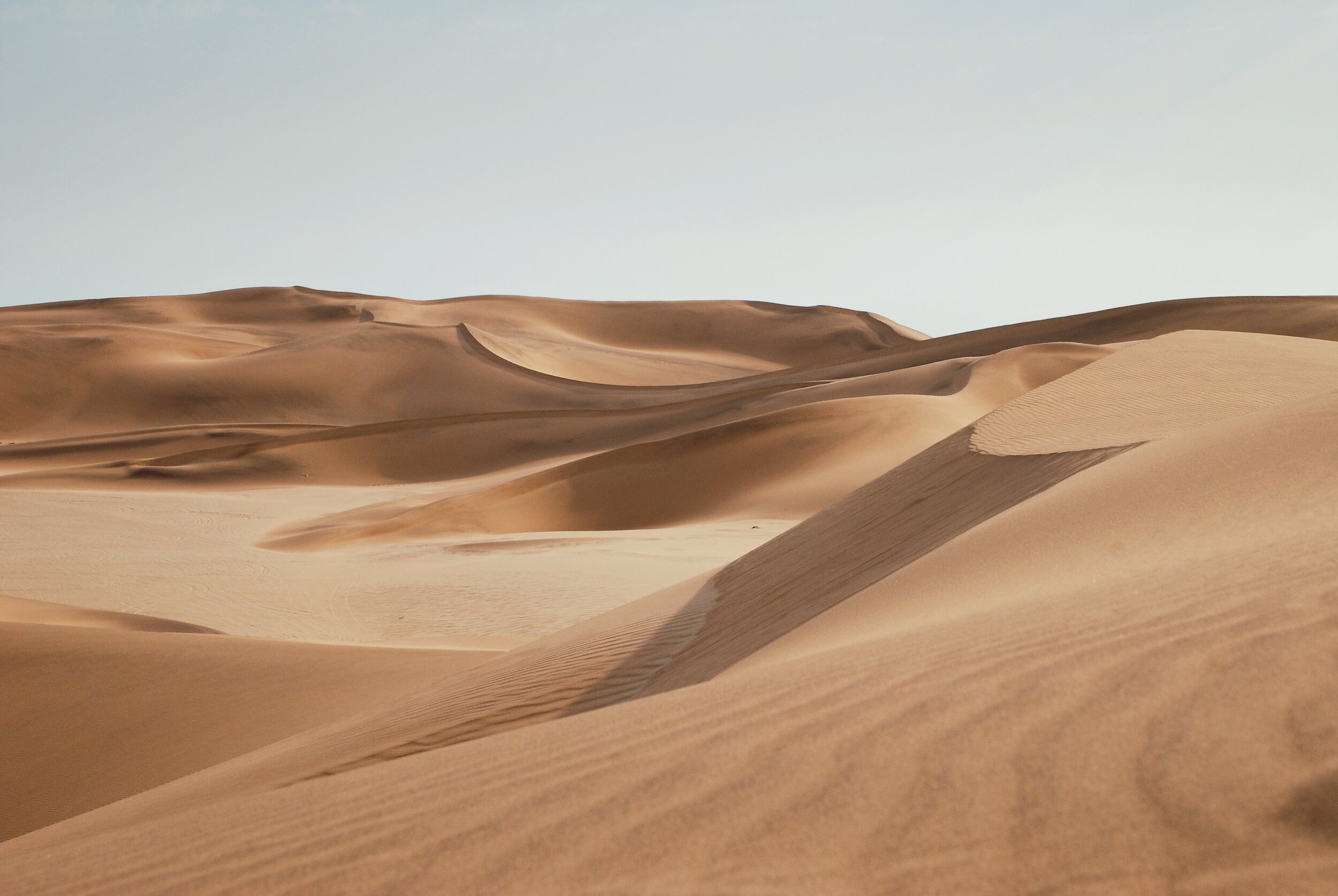

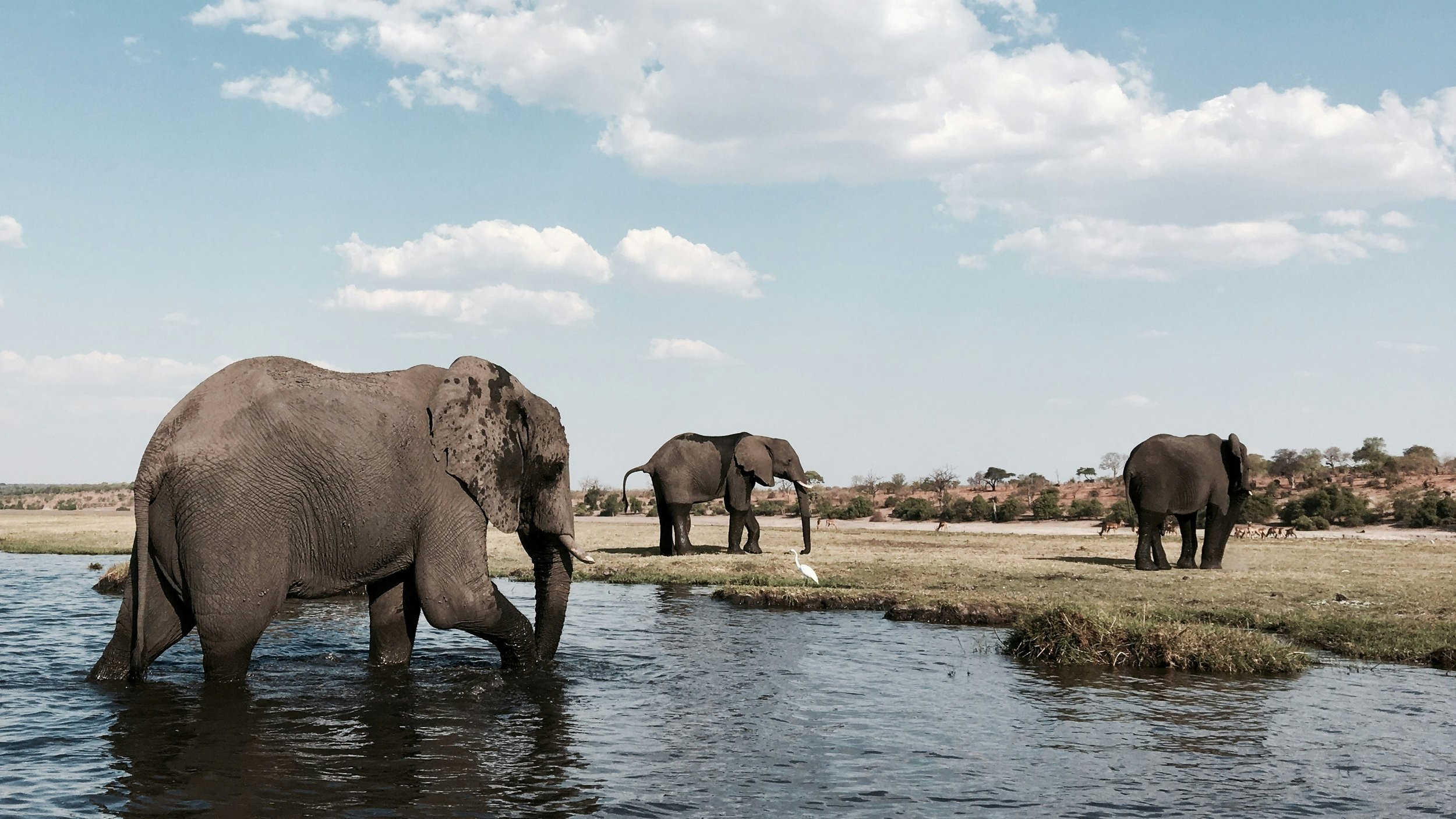
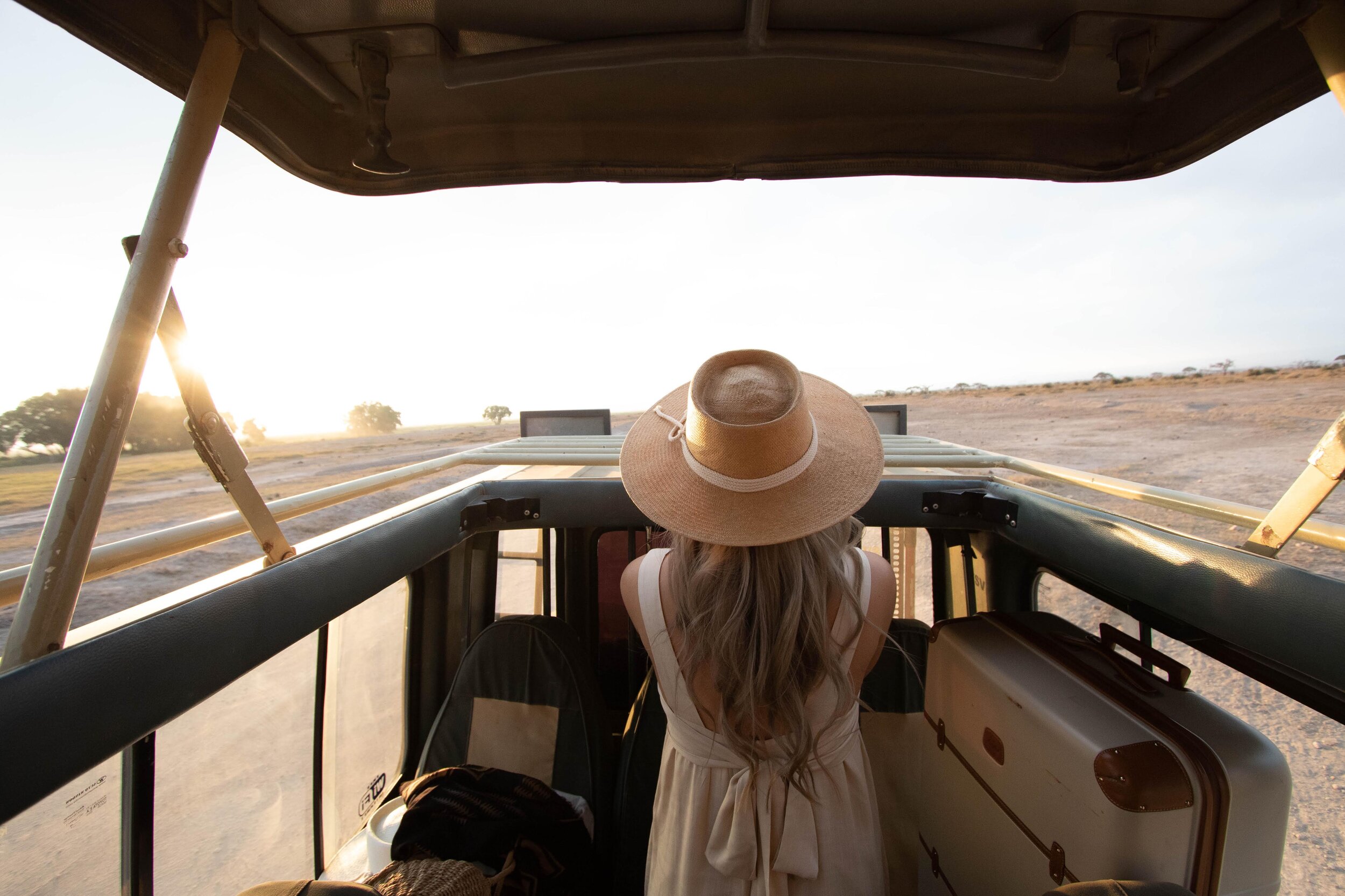
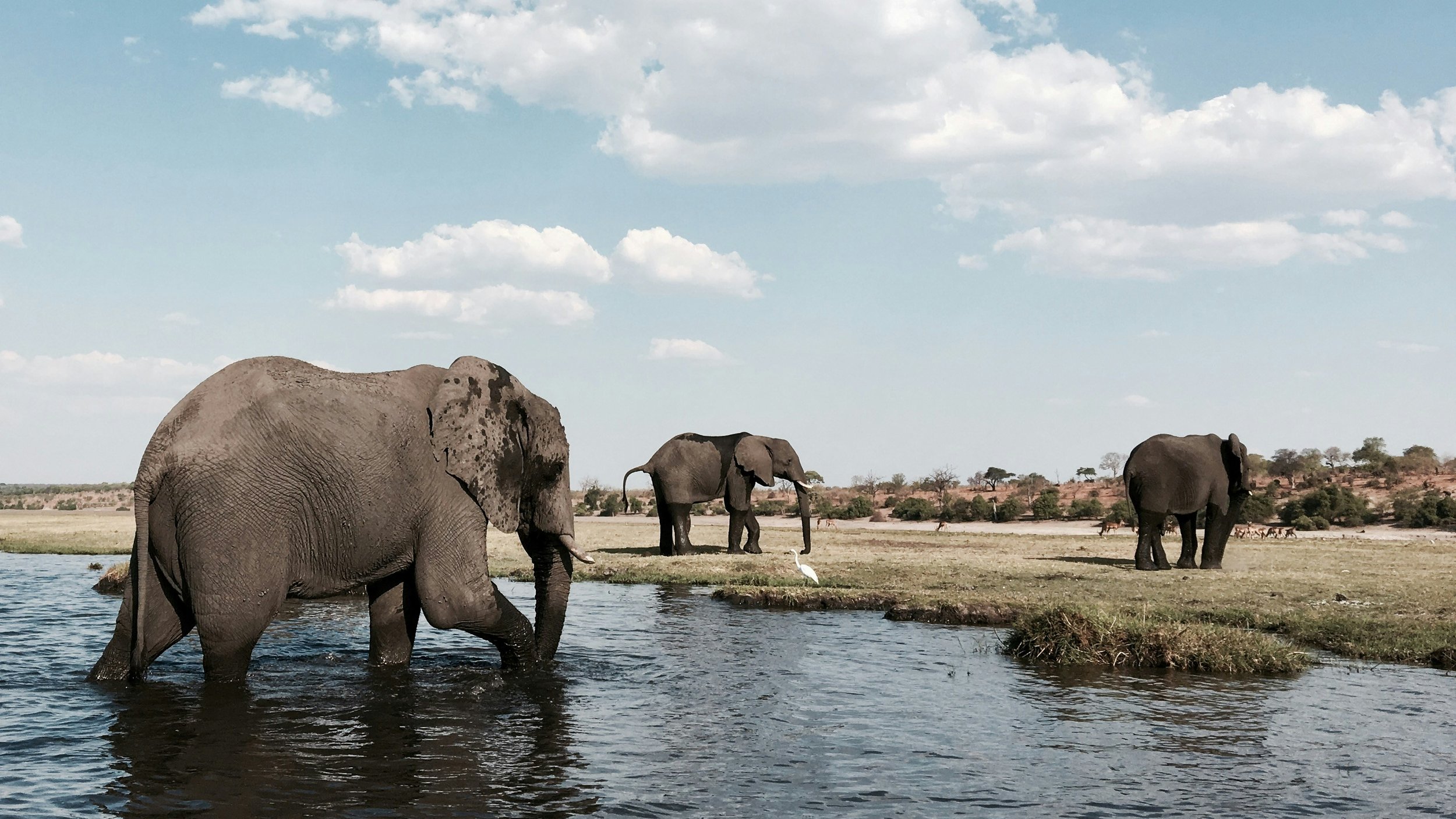

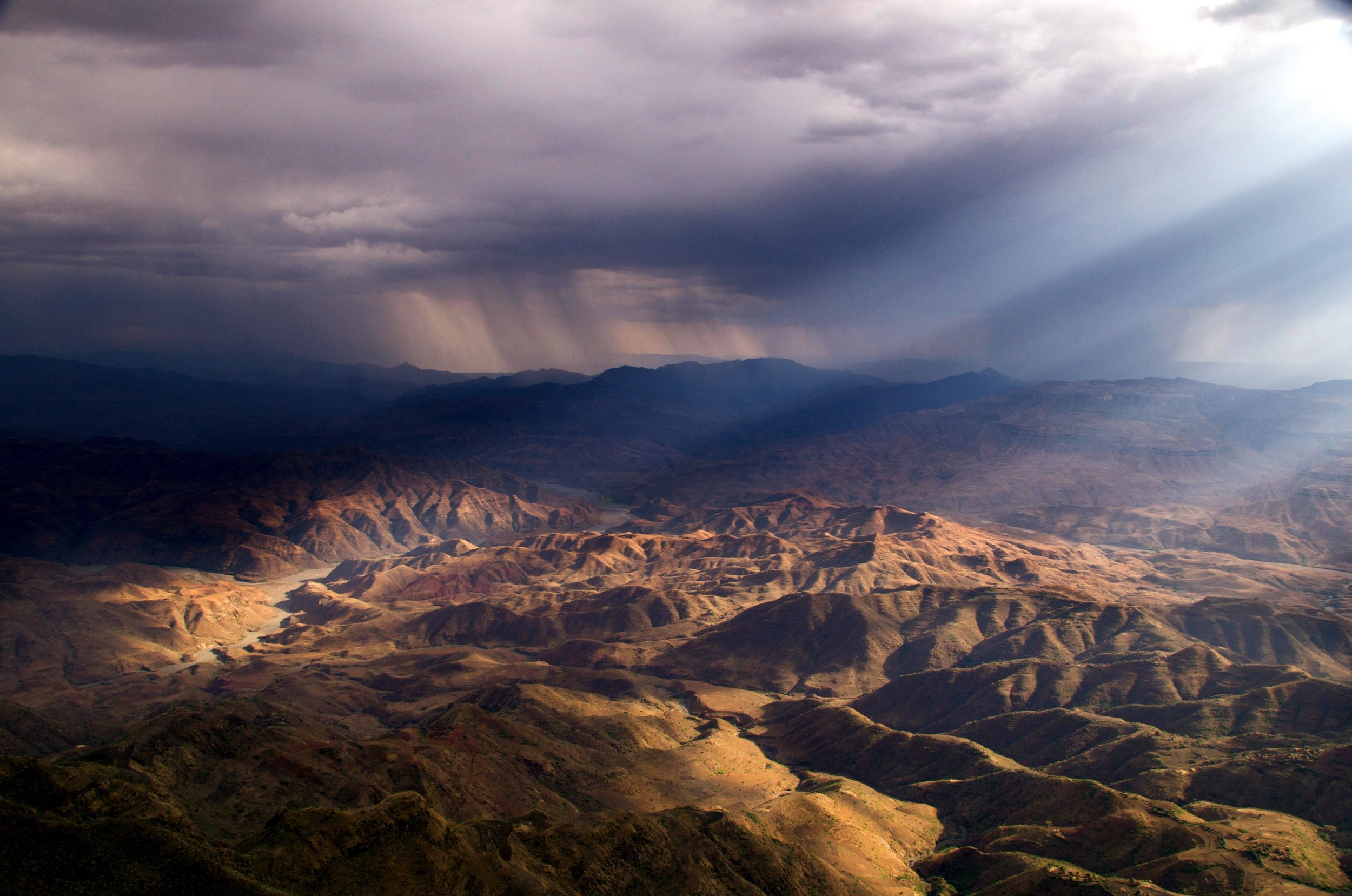































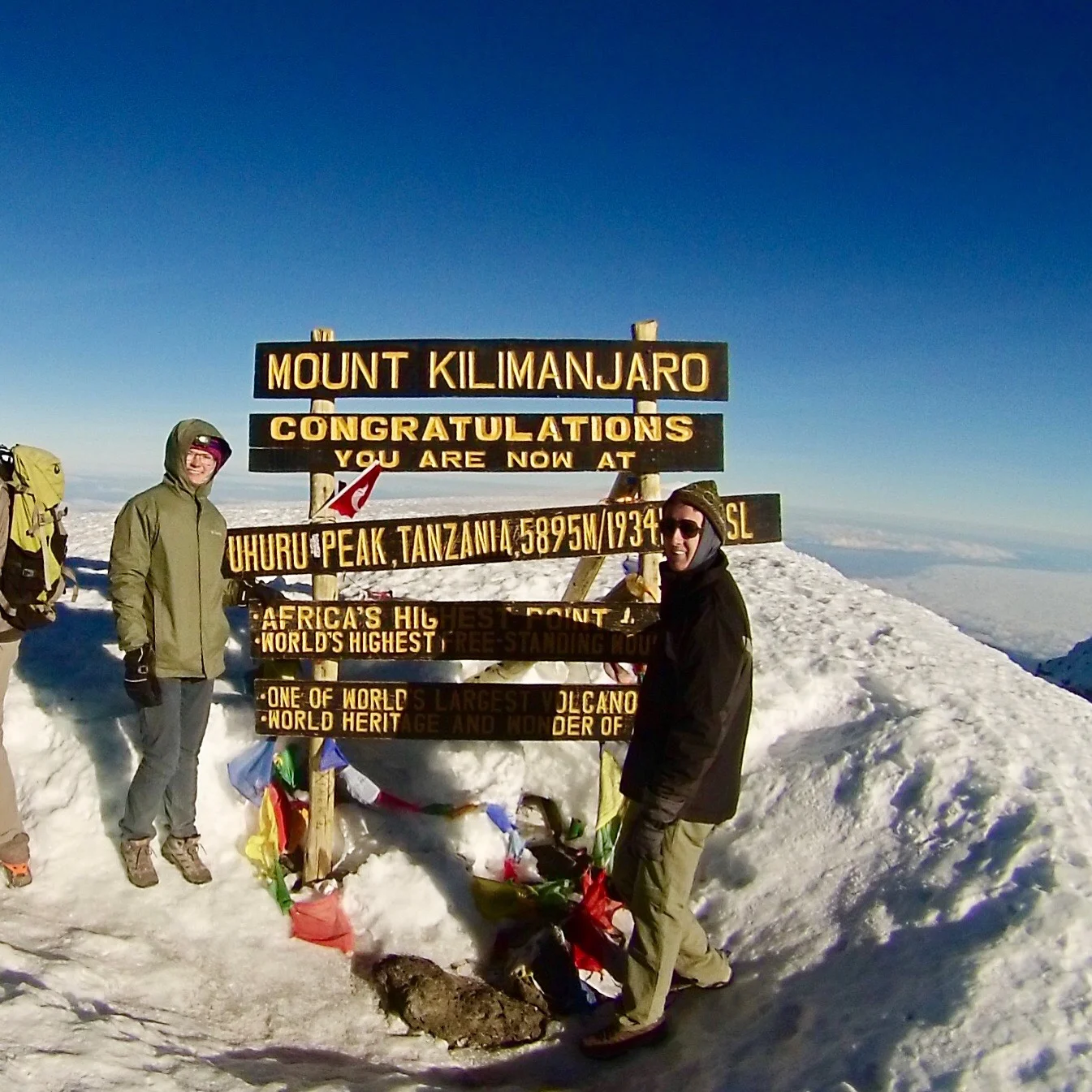
📍 Tanzania
7 days from $3,800
Limited to 16 travelers
See Details >
50% off with code: “50OFF”
For select travel dates until December 2025
Offer expires March 31st, 2025